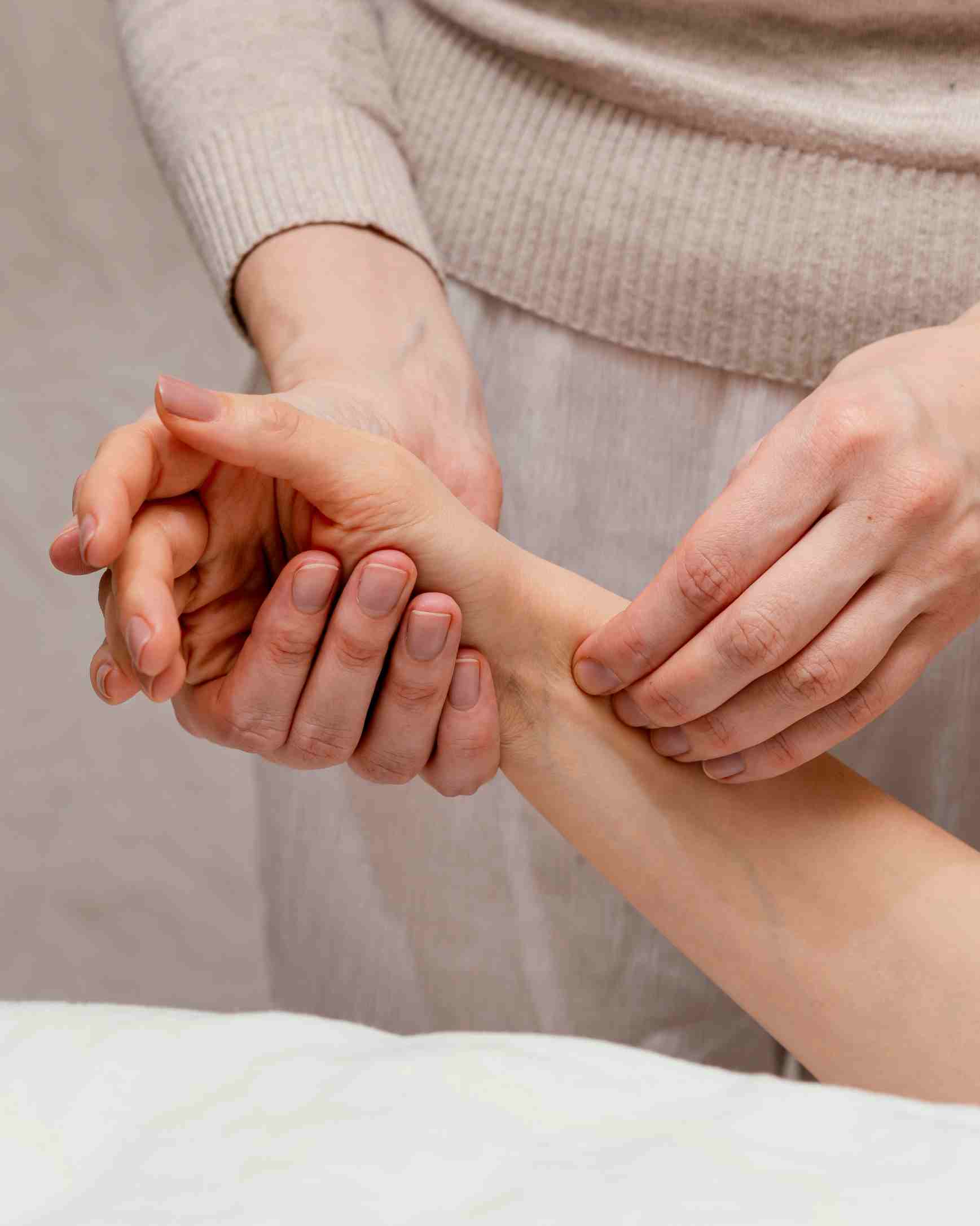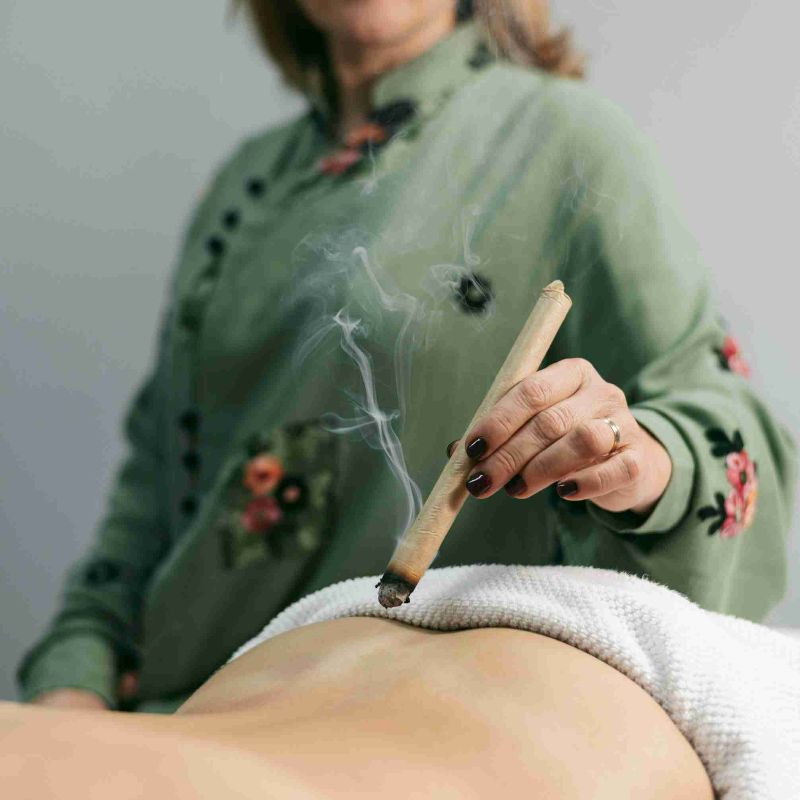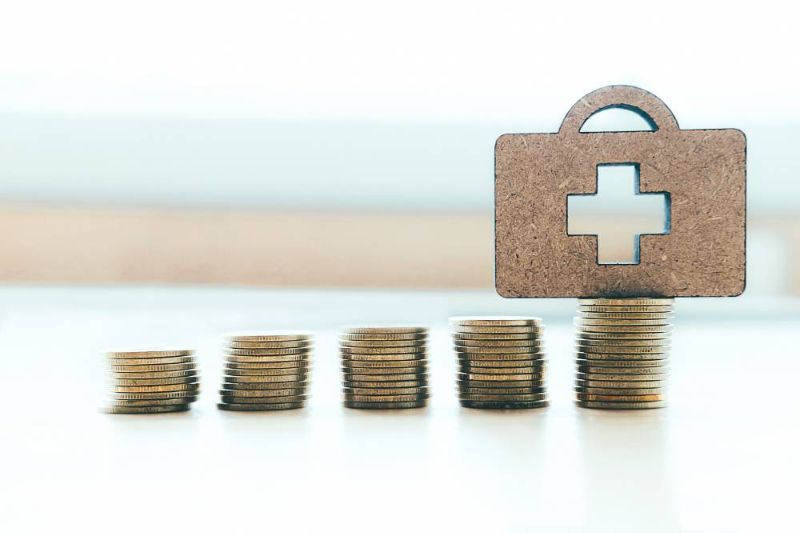
Theoretical Foundations
• TCM Tuina: Rooted in Traditional Chinese Medicine, it operates through the meridian system, the flow of qi and blood, and the functional balance of internal organs. Stimulating acupoints and meridians regulates these flows to prevent or treat disease.
• Thai Massage: Integrates Indian Ayurvedic concepts and yoga philosophy. It focuses on “Sen” energy lines—analogous but not identical to meridians—and uses assisted yoga-like stretches to release blockages and improve flexibility.
• Ayurvedic Massage: Based on Ayurveda’s three-dosha theory (Vata, Pitta, Kapha). Warm herbal oils and specific strokes are selected to balance an individual’s doshic constitution, addressing body, mind, and lifestyle simultaneously .
Techniques and Methods
• Tuina: Employs more than twenty distinct manipulations—rolling, kneading, pressing, grasping, one-finger meditation, etc.—applied with precise angles, pressure, and rhythm. “Tonifying” or “reducing” methods are chosen according to the patient’s condition.
• Thai Massage: Uses palms, thumbs, elbows, knees, and feet to apply rhythmic pressure along Sen lines, combined with deep passive stretches and joint mobilisations performed on a floor mat. The receiver remains fully clothed .
• Ayurvedic Massage (Abhyanga): Relies on long, flowing strokes, gentle kneading, and warm herbal oils chosen for the client’s dosha. Movements are typically slow and synchronised, with optional gentle joint rotations .
Therapeutic Goals
• Tuina: Targets specific medical conditions—cervical spondylosis, lumbar-disc herniation, arthritis, digestive disorders, insomnia, paediatric ailments, and gynaecological issues—while also supporting preventive care.
• Thai Massage: Prioritises relaxation, increased flexibility, and relief from muscular tension or fatigue. It is not primarily designed to treat internal diseases .
• Ayurvedic Massage: Aims to balance the doshas, enhance immunity, improve sleep, and reduce stress as part of a holistic lifestyle programme.
Applicability & Contraindications
• Tuina: Broadly applicable across age groups and medical specialties, though caution is required in acute fractures, infections, or severe osteoporosis.
• Thai Massage: Ideal for active or desk-bound individuals seeking flexibility and stress relief. Contraindicated in acute disc herniation, uncontrolled hypertension, or recent joint injuries .
• Ayurvedic Massage: Generally suitable for all ages and health levels; treatment is customised for pregnancy, chronic illness, or convalescence.
Conclusion
TCM Tuina excels at targeted medical intervention based on meridian theory. Thai massage offers dynamic stretching and energetic release for musculoskeletal ease. Ayurvedic massage delivers personalised, oil-based balancing for overall wellness. Choosing among them depends on whether you need clinical treatment, flexibility and relaxation, or holistic constitutional balance.







Post comments